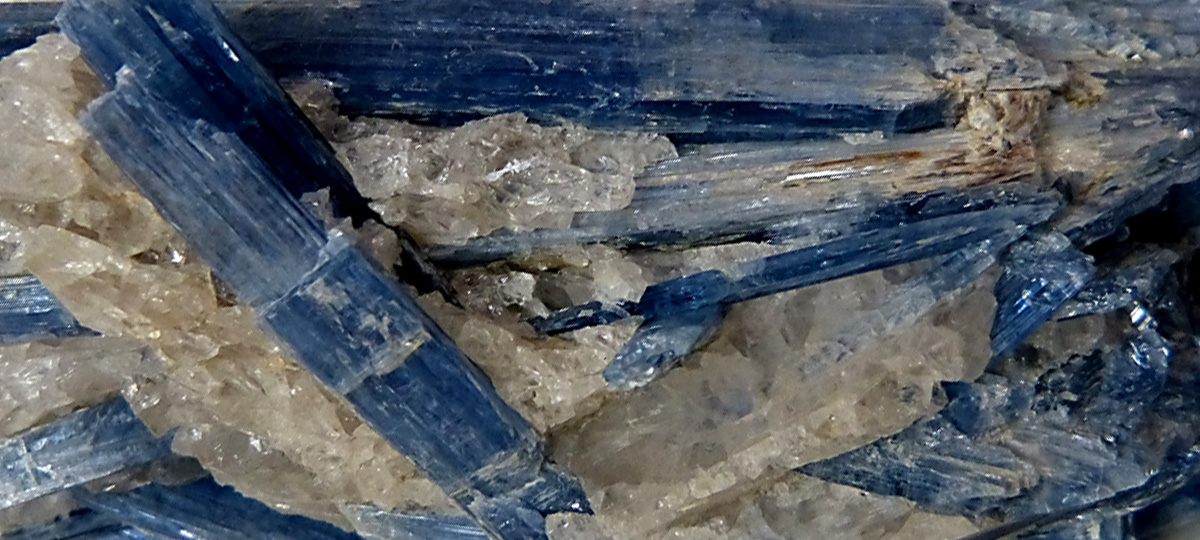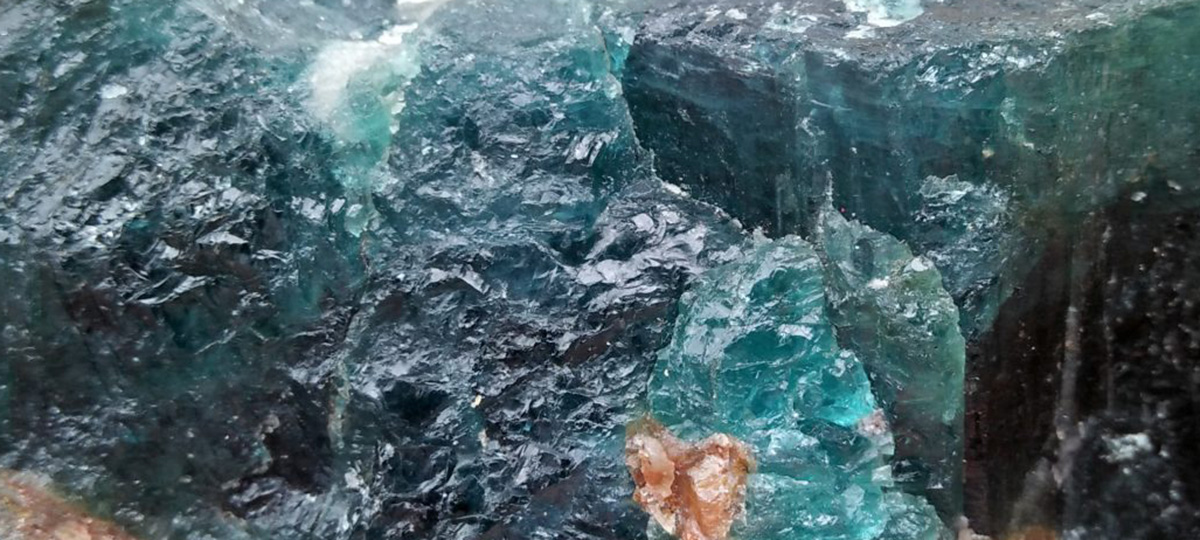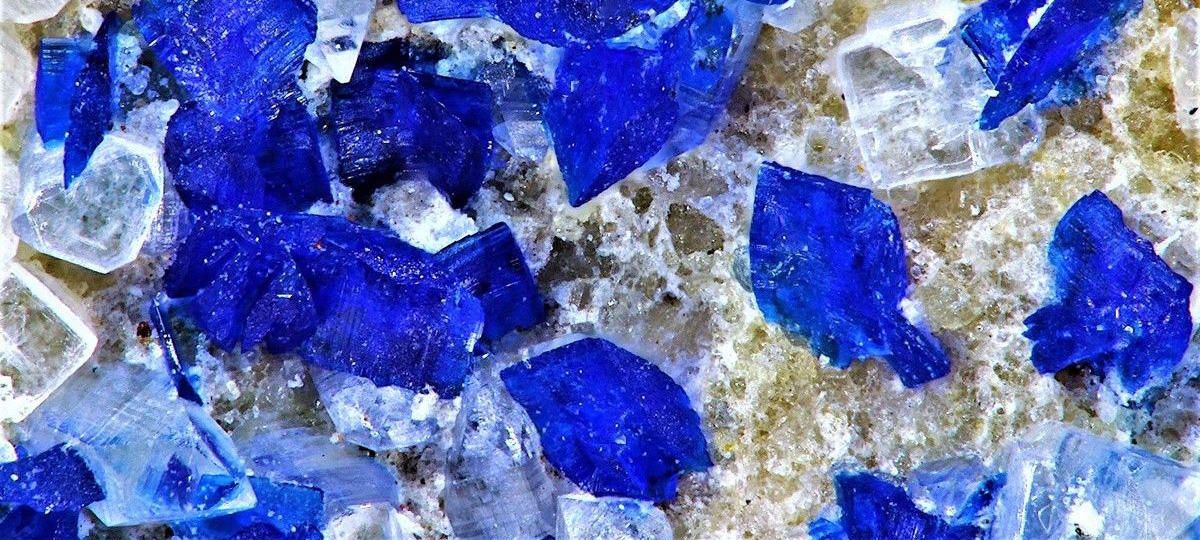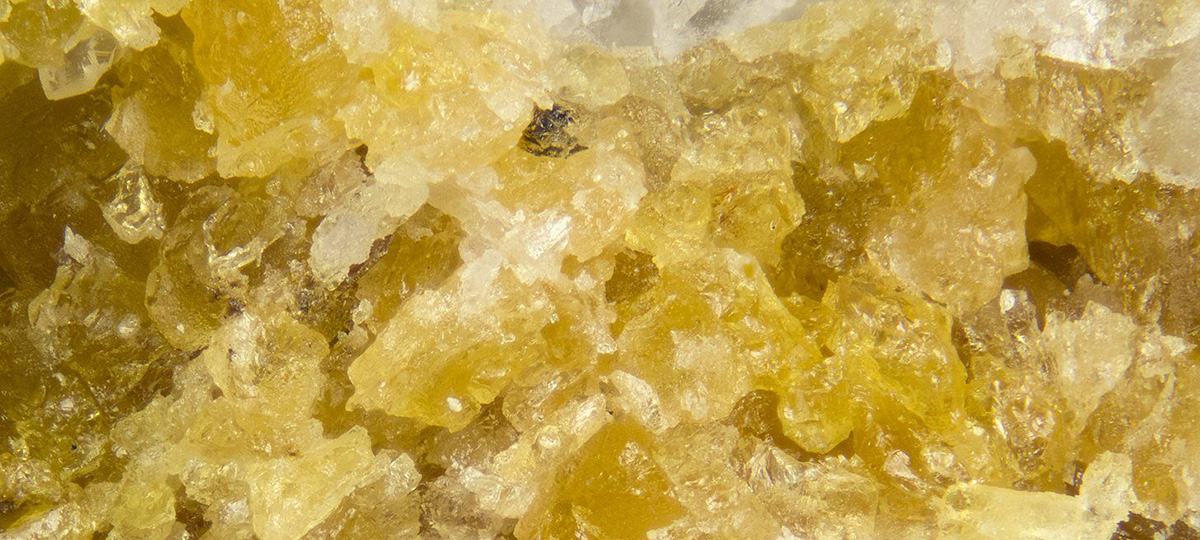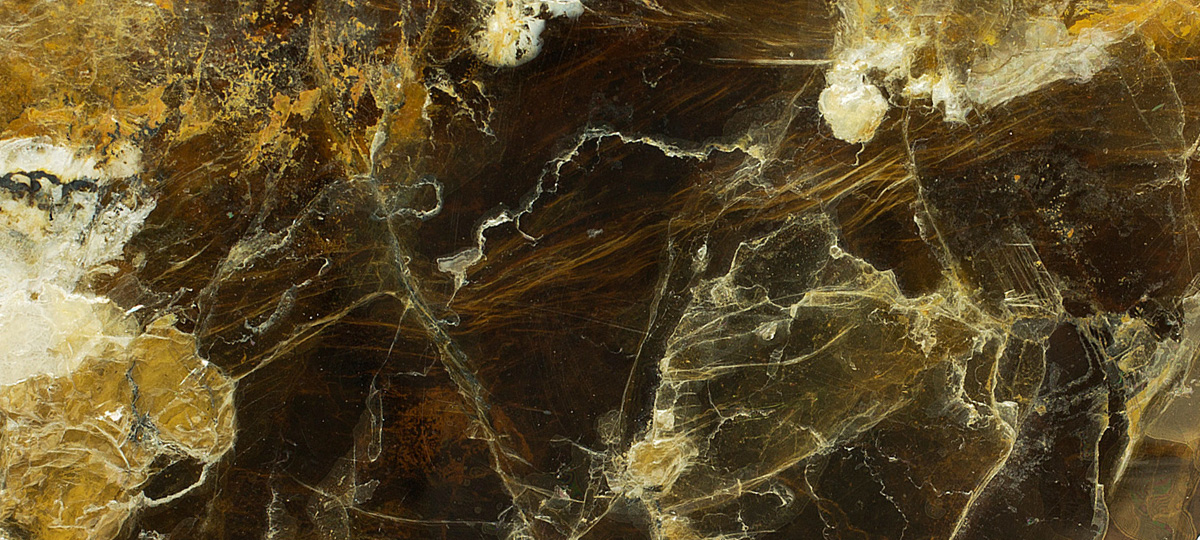Silicate minerals form the largest and most diverse group of minerals on Earth, comprising over 90% of the Earth’s crust. They consist of silicon and oxygen (the basic building blocks of silicate minerals) combined with various metal ions, such as aluminum, iron, magnesium, and potassium. Silicate minerals are predominantly found in igneous, metamorphic, and sedimentary rocks, and are classified into six major groups based on their crystal structure and chemical composition: Nesosilicates, Sorosilicates, Cyclosilicates, Inosilicates, Phyllosilicates, and Tectosilicates.
Formation
Silicate minerals primarily form through the cooling and solidification of magma and lava, as well as through metamorphic processes where rocks undergo changes in mineralogy, texture, and composition due to heat, pressure, and the introduction of new chemical elements. They can also form as the end product of weathering processes, precipitating from aqueous solutions to create sedimentary rocks.
Types and Groups
Silicate minerals are divided into six groups based on their crystal structure and chemical composition:
- Nesosilicates (orthosilicates):
This group consists of isolated silica tetrahedra (SiO4) linked to metal cations. Examples include olivine, garnet, and zircon. - Sorosilicates (pyrosilicates):
In this group, two silica tetrahedra share one oxygen atom, forming pairs. Examples include epidote and vesuvianite. - Cyclosilicates (ring silicates):
Silica tetrahedra are linked in rings in cyclosilicates, with examples such as beryl, tourmaline, and cordierite. - Inosilicates (chain silicates):
In this group, silica tetrahedra form single or double chains. Examples include pyroxenes (single chain) and amphiboles (double chain). - Phyllosilicates (sheet silicates):
Silica tetrahedra are arranged in sheets or layers in phyllosilicates. Examples include micas (biotite and muscovite), clays, and serpentine minerals. - Tectosilicates (framework silicates):
This group features silica tetrahedra linked in three-dimensional frameworks. Examples include quartz, feldspars, and zeolites.
Properties
Silicate minerals exhibit various physical and chemical properties, reflecting their diverse structures and compositions. They generally have a Mohs hardness ranging from 2 to 7 and can be transparent, translucent, or opaque. Silicate minerals display a wide range of colors and can exhibit various crystal habits, such as prismatic, tabular, and acicular.
Significance
Silicate minerals hold significant importance in various fields. In geology, they provide valuable insights into the geological history of an area, the processes that have occurred, and the formation and evolution of the Earth’s crust.
Silicate minerals also have essential commercial and industrial uses. Quartz is used in the production of glass, electronics, and as a gemstone. Feldspars are used in the ceramics and glass industries, while micas are used in electronics, cosmetics, and as insulating materials. Clay minerals have numerous applications, including ceramics, paper, and as a soil conditioner.
Understanding the distribution, properties, and behavior of silicate minerals is crucial for managing natural resources, evaluating geological hazards, and mitigating the environmental impacts of their extraction and use.
-
Nesosilicates
Nesosilicates, also known as orthosilicates, are a group of silicate minerals that consist of isolated silica tetrahedra (SiO4) linked to various metal cations. These minerals …
-
Sorosilicates
Sorosilicates, also known as pyrosilicates, are a group of silicate minerals characterized by the linking of two silica tetrahedra (SiO4) through one shared oxygen atom, …
-
Cyclosilicates
Cyclosilicates, also known as ring silicates, are a fascinating group of silicate minerals characterized by the arrangement of silica tetrahedra (SiO4) into ring structures. These …
-
Inosilicates
Inosilicates, also known as chain silicates, are a captivating group of silicate minerals characterized by the arrangement of silica tetrahedra (SiO4) into continuous single or …
-
Phyllosilicates
Phyllosilicates, also known as sheet silicates, are a fascinating group of silicate minerals characterized by the arrangement of silica tetrahedra (SiO4) into continuous, flat sheets. …
-
Tectosilicates
Tectosilicates, also known as framework silicates, are a captivating group of silicate minerals characterized by the arrangement of silica tetrahedra (SiO4) into continuous, three-dimensional frameworks. …

Related Posts
-
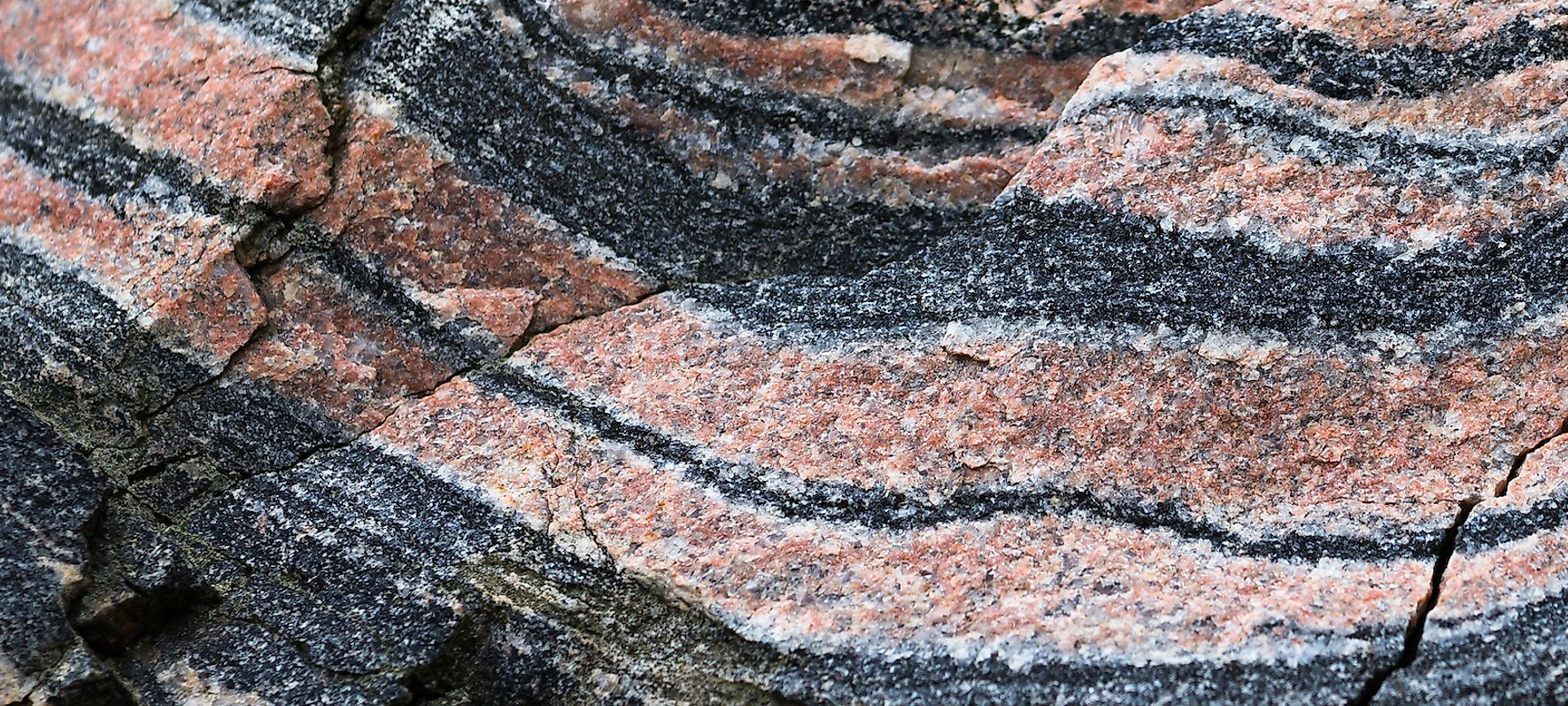
Metamorphic
Metamorphic rocks are a fascinating class of rocks that have undergone transformation due to intense heat, pressure, or mineral exchange deep within the Earth’s crust. …
-
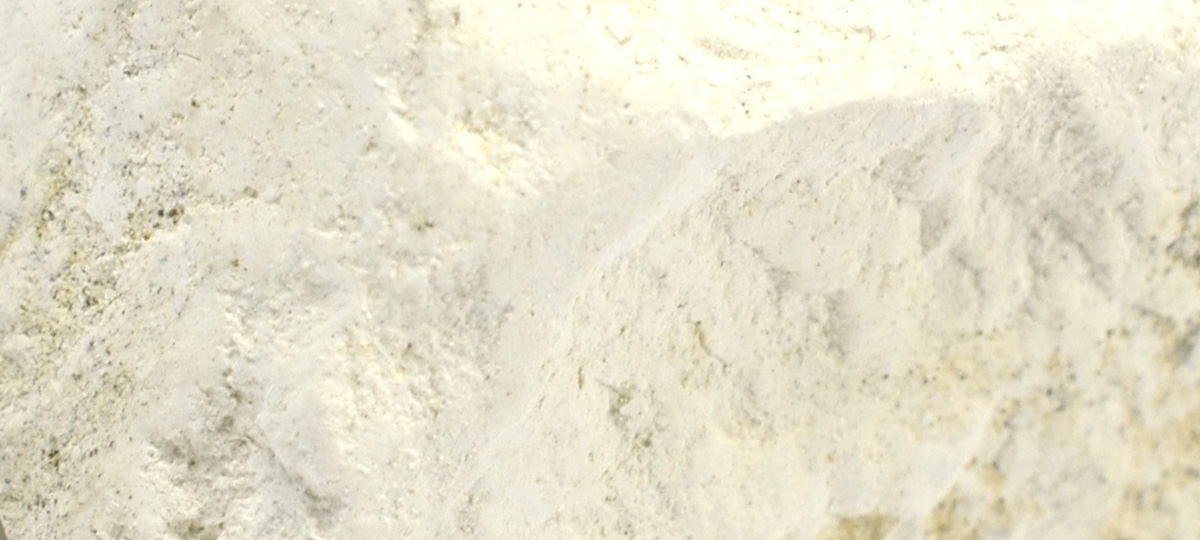
Organic Sedimentary
Organic sedimentary rocks are unique formations derived from the accumulation and preservation of plant and animal remains, providing a window into Earth’s biological history. These …
-

Chemical Sedimentary
Chemical sedimentary rocks are formed from the precipitation of dissolved minerals from water, often due to changing environmental conditions. These captivating rocks offer valuable insights …
